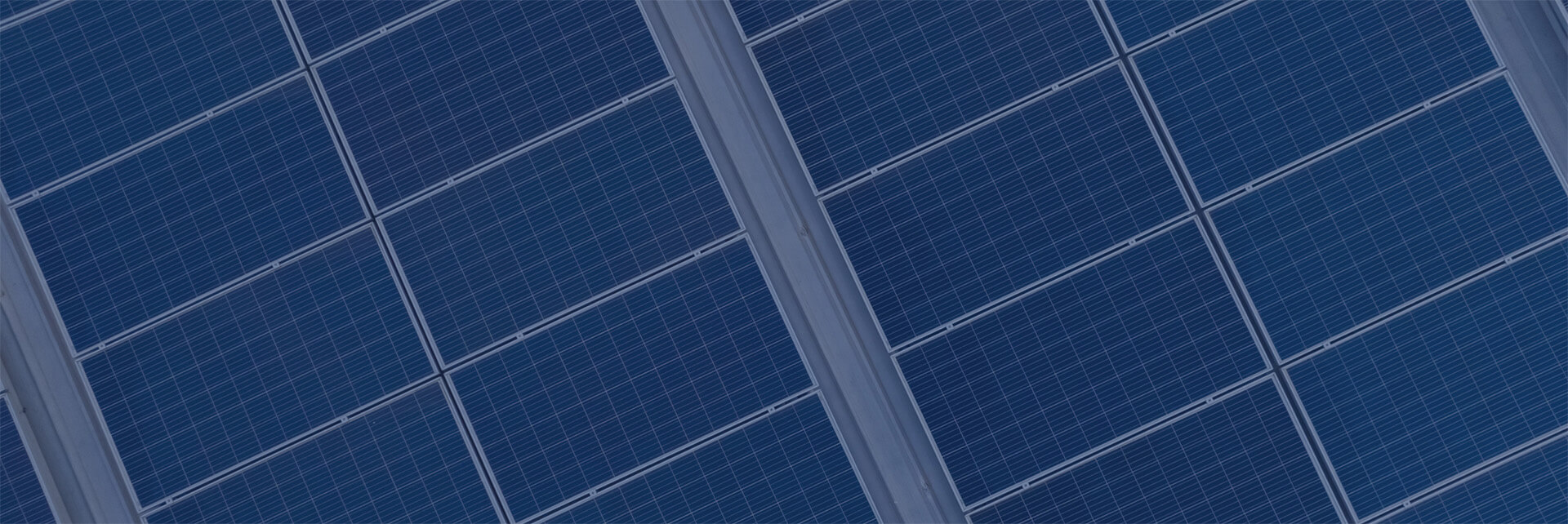Ah, squirrels. Red ones, grey ones, black ones… funny thing is the black ones are actually grey squirrels. And in cities across Canada they can cause a variety of problems with digging, burrowing, chewing, nesting. Your solar array is not immune.
Sloped roof mounted solar arrays create nice sheltered places for squirrels and other critters to hang out and nest. Oddly, squirrels are also attracted to the wiring and will chew it, right down to the copper conductors. This is not only dangerous for the critter (600 Volts packs quite a punch), but for your house as well as resulting electrical faults can start roof fires.

Strangely, squirrel damage has been completely unpredictable. Some systems seem very attractive and sustain major damage, others sustain no damage at all. Go figure.
Nevertheless, the Ontario Electrical Safety Code (OESC) requires the installation of mesh or other mechanical guards to keep varmints out from under solar arrays. Note that the OESC only requires the mesh be installed in those scenarios where rodent damage would create an electrical safety hazard. The squirrels, however, are unfamiliar with this distinction and will happily lay waste to any wiring, irrespective of the electrical hazards involved. Problems that can result from rodent damage include ground faults and arc faults. For this reason, we recommend the installation of rodent meshing on any sloped roof mounted array. You may wish to consider an inspection of your existing system and the addition of rodent meshing if you don’t already have it installed.
If the squirrels have already made themselves at home under your array, it is because they see your site as an ideal location to nest and they will surely try to return if removed. There are several steps you should take:
- Contact a solar professional to inspect your PV system and repair any damage to the array;
- Contact a professional pest control service to remove the nest and take steps to discourage further infestations; and
- Install rodent meshing or inspect/repair existing meshing.
